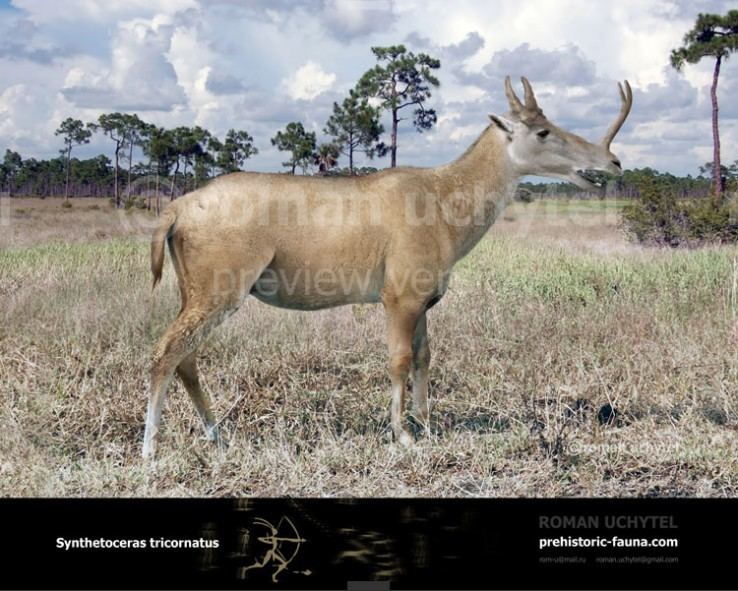Scientific name Synthetoceras tricornatus Rank Genus | Species †S. tricornatus Phylum Chordata Order Even-toed ungulate | |
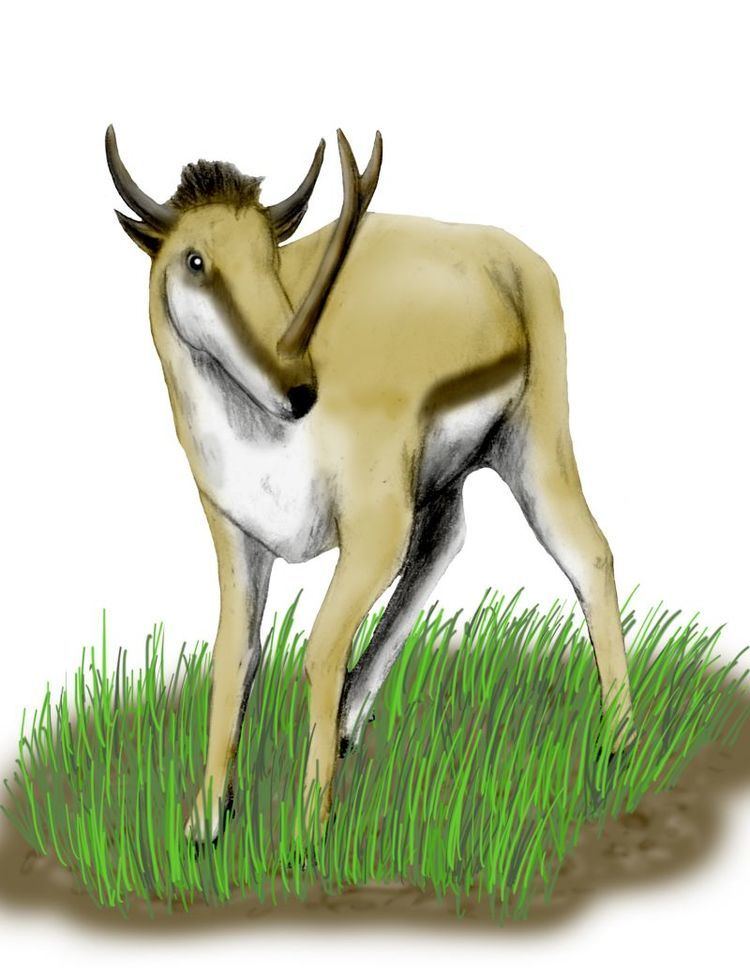 | ||
Similar Protoceratidae, Syndyoceras, Even‑toed ungulate, Protoceras, Aepycamelus | ||
Synthetoceras
Synthetoceras tricornatus is a large, extinct protoceratid artiodactyl, endemic to North America from the Miocene epoch, 13.6—5.33 Ma, existing for approximately 8.27 million years.
Contents
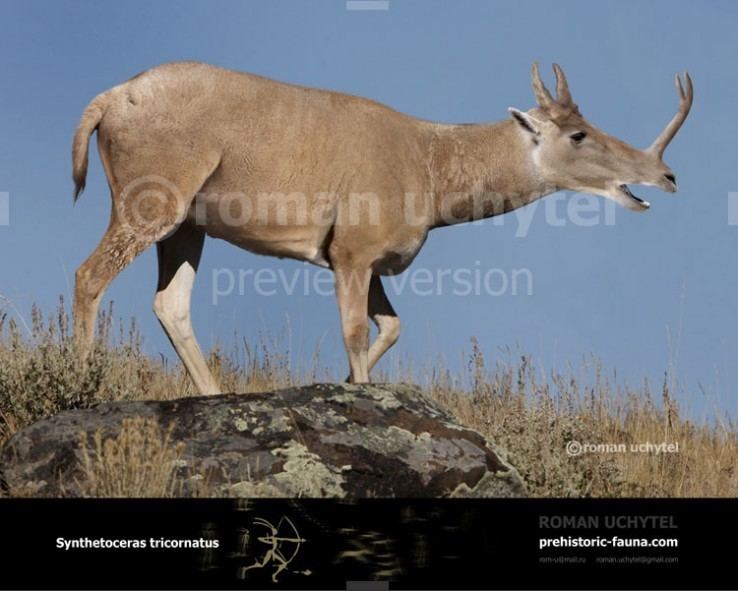
Taxonomy
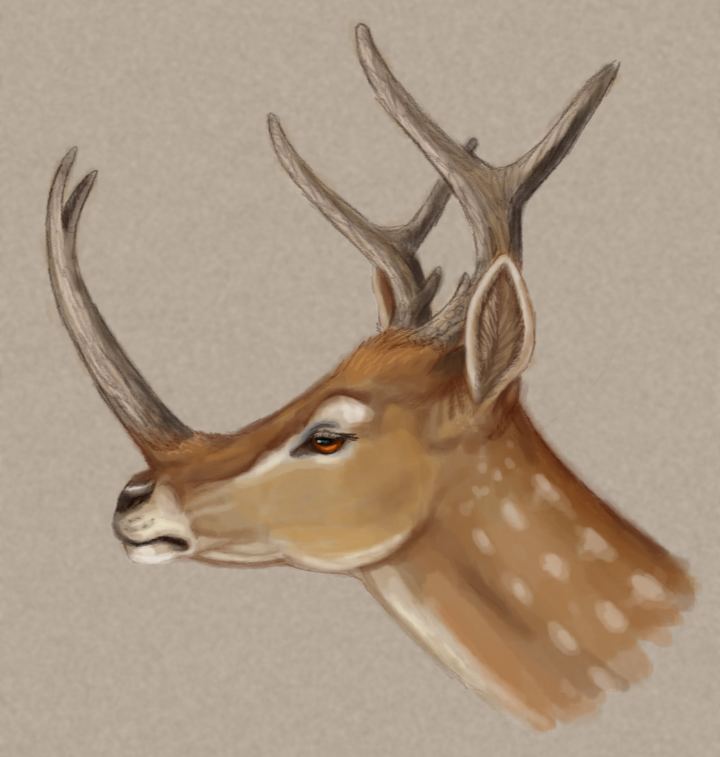
Synthetoceras was named by Stirton (1932). It is the type genus of Synthetoceratinae, Synthetoceratini. It was assigned to Protoceratidae by Stirton (1932), Thurmond and Jones (1981) and Carroll (1988); to Synthetoceratinae by Hulbert and Whitmore (2006); and to Synthetoceratini by Webb (1981), Prothero (1998), Webb et al. (2003) and Prothero and Ludtke (2007).
Morphology
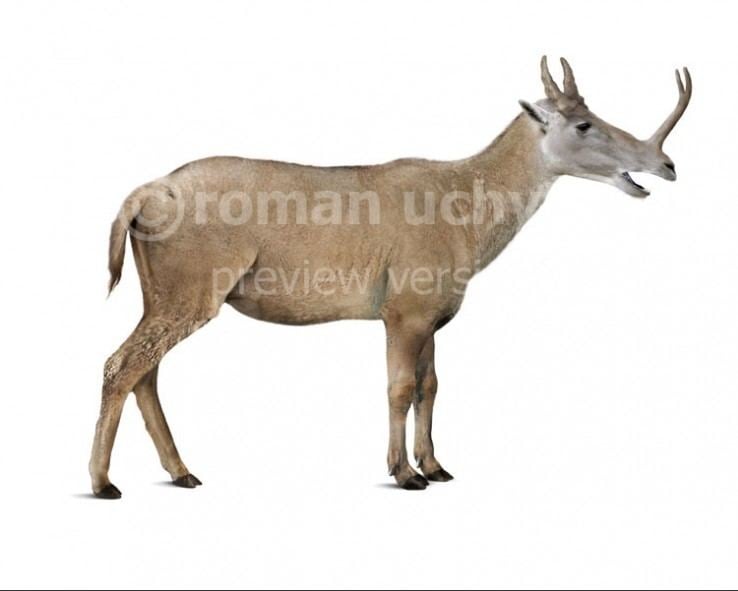
With a length of 2 m (6 ft 8 in), Synthetoceras was the largest member of its family. It was also the last, and had what is considered to be the protoceratids' strangest set of horns. The two horns above its eyes looked fairly normal and similar to those of many modern horned mammals, but on its snout it had a bizarre, long horn with a forked tip that gave it a Y shape. Only males had this strange horn, and they probably used it in territorial fights.
Body mass
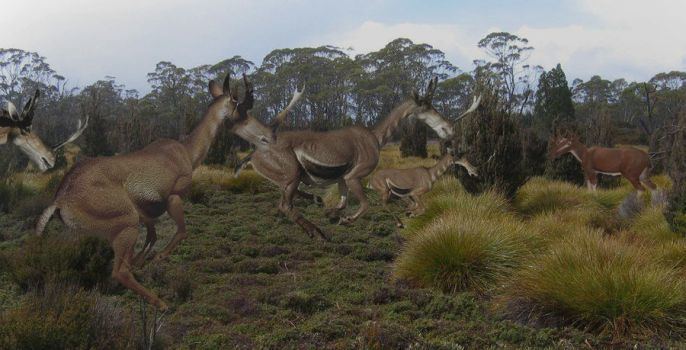
Three fossil specimens of Synthetoceras were measured by M. Mendoza, C. M. Janis, and P. Palmqvist for body mass. The specimens were determined to weigh:
Fossil distribution
Fossils have been recovered from:
